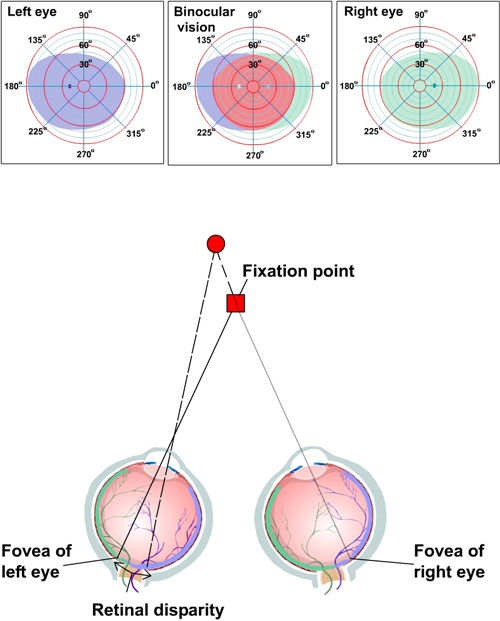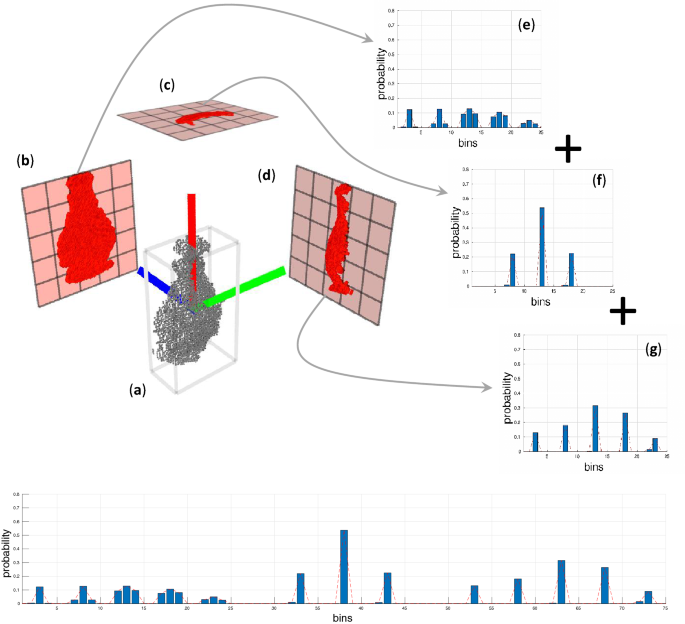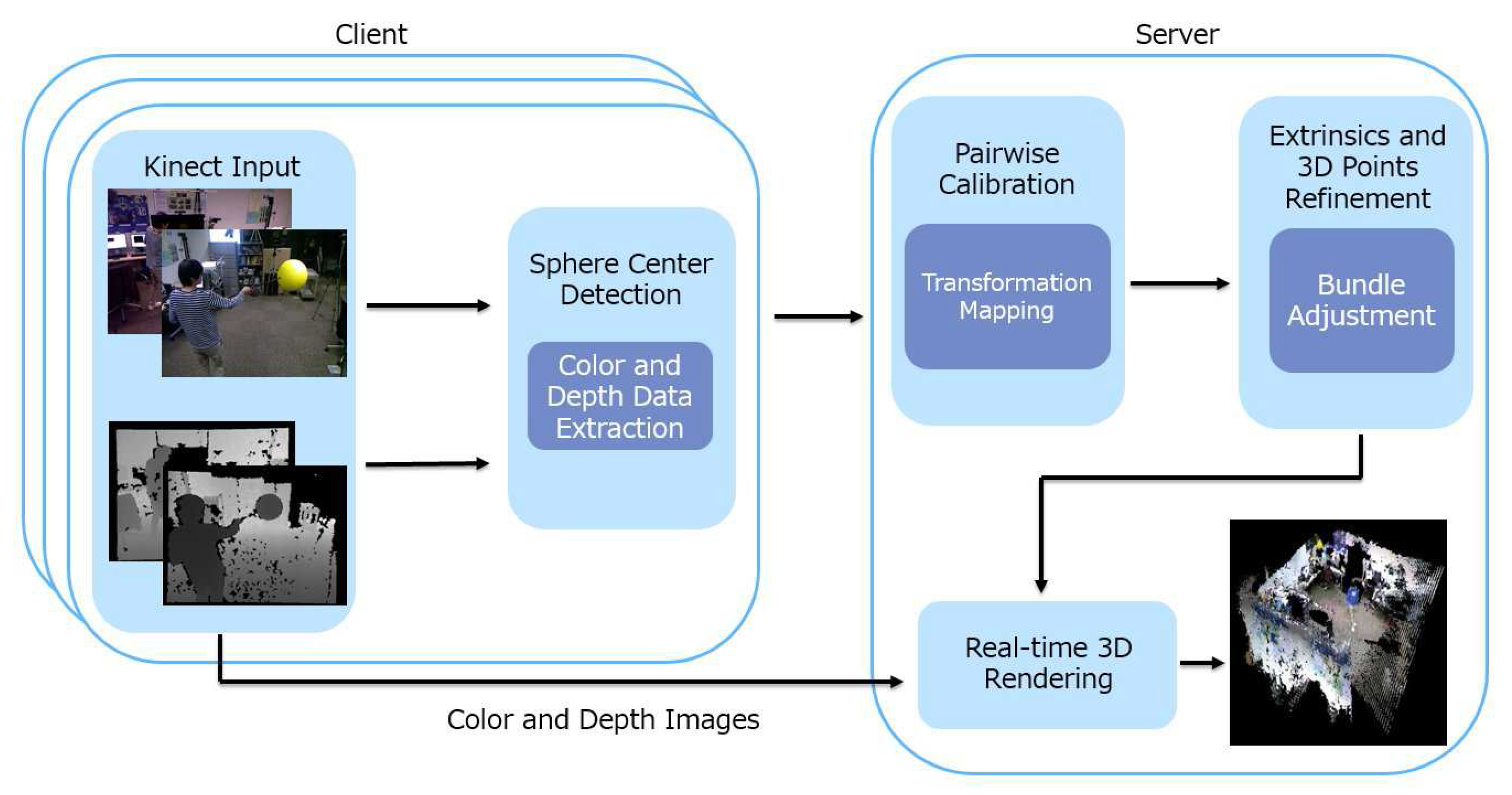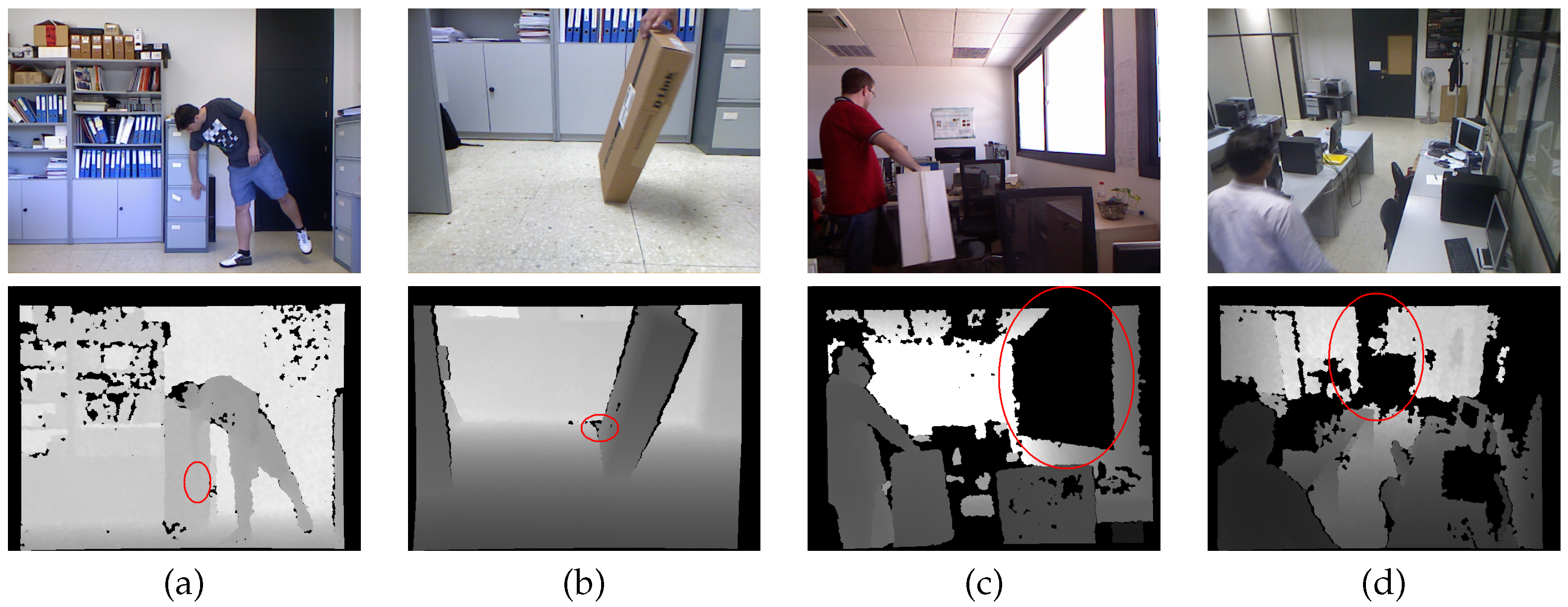Where Are Color Object Movement and Depth Processed
For that reason injuries or illnesses that affect the occipital lobe can result in different levels of visual disturbances or even blindness. The third dimension depth is mapped in V1 by comparing the signals from the two eyes.

Depth Expressions Unreal Engine Documentation
From these places messages go out to other cortical areas-to motor systems for example.

. Infants perceived a con- nected object just as strongly when the objects visible surfaces were asym-. These ventrally located visual association neurons are responsible for processing information necessary for our abilities to. Color information also appears to come to its final sensory analysis in the inferior temporal lobe but in different cells from those for shape.
Color form depth and movement. A best example of a category of objects events ideas or people is called an neutral network People can simultaneously process many aspects of sensory information such as color depth movement and form. We perceive depth through a combination of monocular and binocular depth cues.
Color Form Depth and Movement The brain most quickly and easily responds to four major attributes of all viewed objects. An objects location color and movement are all processed in the same part of the visual cortex False Lateral inhibition is the reduction of activity n one neuron by activity in neighboring neurons. This allows V1 to position objects in two dimensions of the visual world horizontal and vertical.
The area of the visual cortex that receives the sensory input from the lateral geniculate nucleus is the primary. Opponent-process theory of color perception. The brain divides a visual scene into subdivisions such as color depth form and movement that are processed in different sections of the visual cortex foveal vision vision achieved by looking directly at objects in the daylight so that the image falls on or near the fovea.
Cue that requires only one eye. Sensory input originating from the eyes travels through the lateral geniculate nucleus in the thalamus and then reaches the visual cortex. Motion perception is studied.
Perceiving Form One of the important processes required in vision is the perception of form. The color signals are then processed both by the ganglion cells and by the neurons in the visual cortex Gegenfurtner Kiper 2003. In depth had the same effect as lateral translation Kellman Spelke.
Although this process appears straightforward to most observers it has proven to be a difficult problem from a computational perspective and difficult to explain in terms of neural processing. Perceive depth in an image when two parallel lines seem to converge. Human psychological studies support the findings obtained through animal research.
Color sensors are found within cones which respond to relatively broad color bands in the three basic regions of red green and blue RGB. The brain uses cues from the relative movements of objects that are at various distances from the observer When you watch the scenery from a moving car near objects seem to pass quickly far objects more slowly. The neurons in the inferior temporal visual association cortex Area 20 and the inferior part of Areas 37 39 in Figure 154 process P-channel information about object color and form.
Objective comparative and subjective Objective method depends on agreed-upon standards of measurement Pantone Matching System is one standard used in the. Human stereo color vision is a very complex process that is not completely understood despite hundreds of years of intense study and modeling. Any colors in between these three are perceived as different linear combinations of RGB.
Vision involves the nearly simultaneous interaction of the two eyes and the brain through a network of neurons receptors and other specialized cells. Perception of a moving center-occluded object was not affected by the objects configurational properties. These studies show that the perception of movement depth perspective the relative size of objects the relative movement of objects shading and gradations in texture all depend primarily on contrasts in light intensity rather than on color.
Those signals are processed in stacks of cells called ocular dominance columns a checkerboard pattern of connections alternating between the left and right eye. Color Three methods to describe color. Color information also appears to come to its final sensory analysis in the inferior temporal lobe but in different cells from those for shape.
A binocular cue used to judge distance and depth based on the tension of the muscles that direct where the eyes are focusing. The process by which receptors in our sensory organs and the nervous system receive and detect stimuli. The color of an object determined by the wavelength of light it reflects.
Color information is processed in a pathway that will be considered in Part 3 of this unit. Motion perception is the process of inferring the speed and direction of elements in a scene based on visual vestibular and proprioceptive inputs. The visual cortex of the brain is the area of the cerebral cortex that processes visual information.
How to author and blend custom Post Process passes with the Material Editor. Young-Helmholtz trichromatic three-color theory The theory that the retina contains three different color receptors-one most sensitive to red one to green one to blue-which when stimulated in combination can produce the. The occipital lobe is solely responsible for observing and processing the raw image data sent from the outside world through the eyes.
Ability to perceive depth. Color vision is a critical component of human vision and plays an important role in both perception and communication. Studies of patients with brain damage suggest that the brain delegates the work of processing color motion form and depth to different areas.
It is located in the occipital lobe. Color information is processed in a pathway that will be considered in Part 3 of this unit. From these places messages go out to other cortical areas-to motor systems for example.
Color is coded in opponent pairs. The occipital lobe the vision center. The opponent-process theory of color vision asserts that color is processed in opponent pairs and accounts for the interesting phenomenon of a negative afterimage.
Sensation and Perception The figures get higher toward the horizon line the farther away they are Motion Cues for Depth Perception Motion parallax. The occipital lobe is the part of the human brain responsible for interpreting information from the eyes and turning it into the world as a. Black-white yellow-blue and red.

Color And Depth Perception Introduction To Psychology

Visual Processing Eye And Retina Section 2 Chapter 14 Neuroscience Online An Electronic Textbook For The Neurosciences Department Of Neurobiology And Anatomy The University Of Texas Medical School At Houston
![]()
Ball Tracking With Opencv Pyimagesearch
![]()
Simple Object Tracking With Opencv Pyimagesearch

Elements Of Design Elements And Principles Design

Investigating The Importance Of Shape Features Color Constancy Color Spaces And Similarity Measures In Open Ended 3d Object Recognition Springerlink

Sensors Free Full Text A Fast And Robust Extrinsic Calibration For Rgb D Camera Networks Html

J Imaging Free Full Text Background Subtraction For Moving Object Detection In Rgbd Data A Survey Html

No comments for "Where Are Color Object Movement and Depth Processed"
Post a Comment